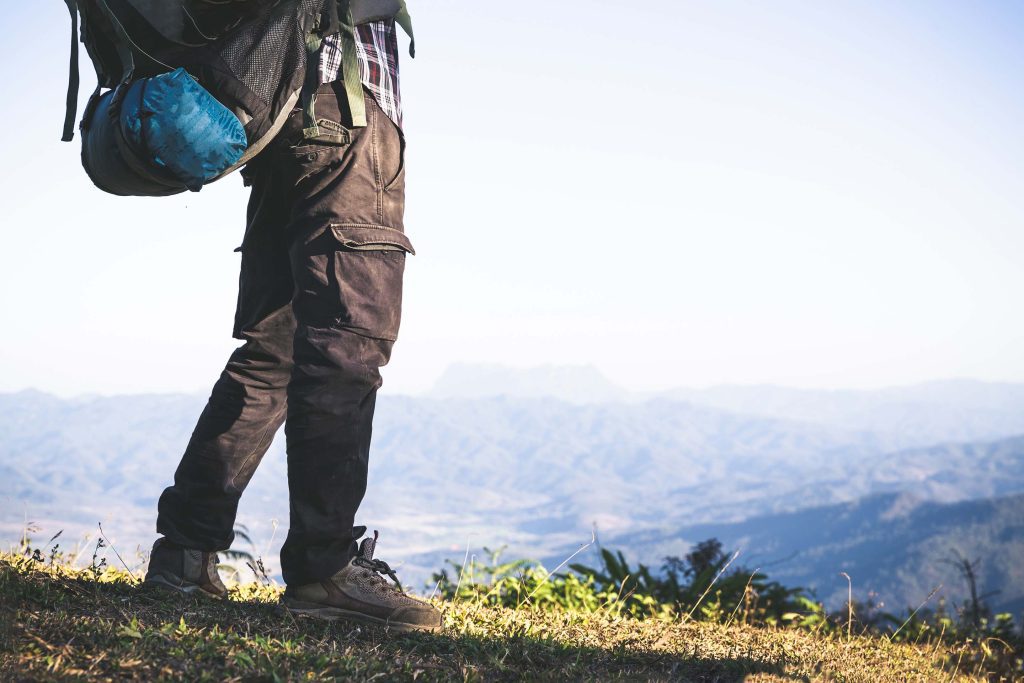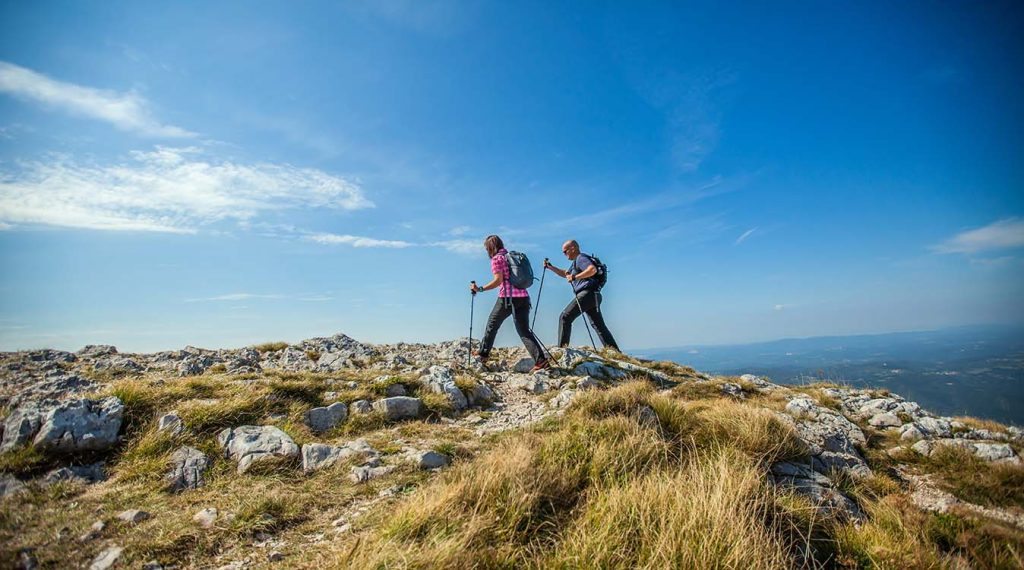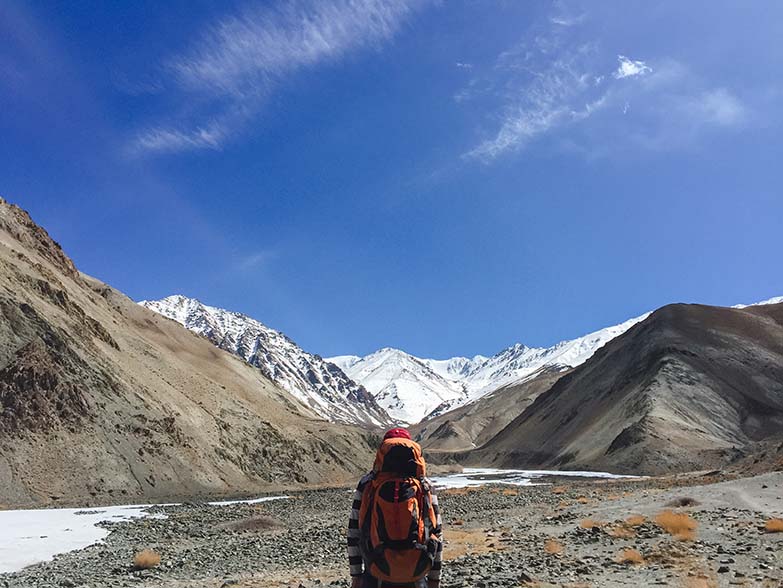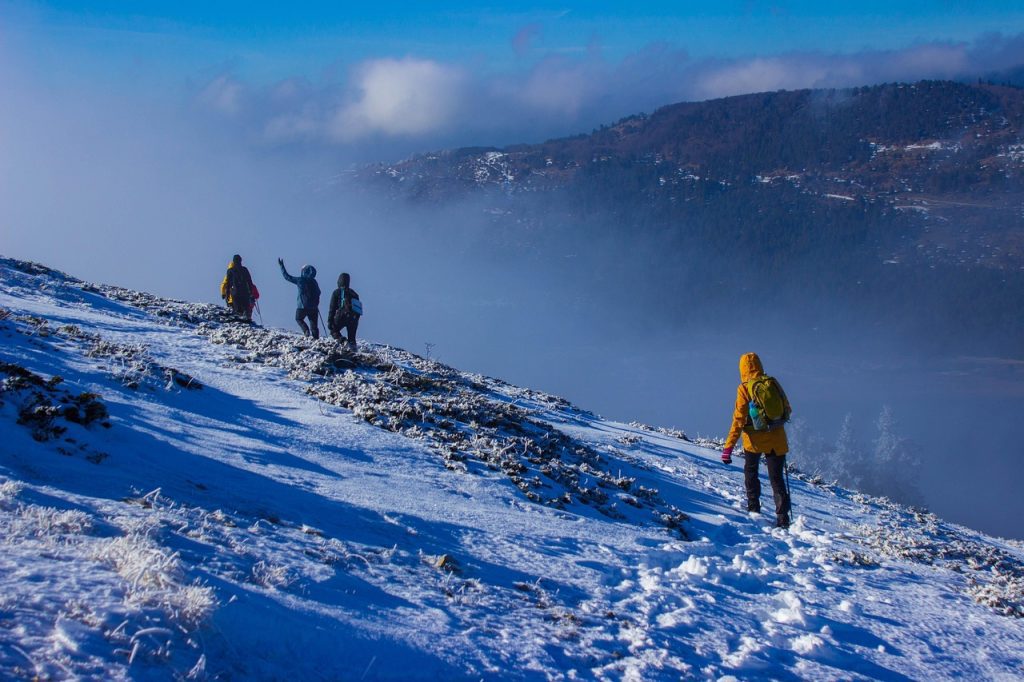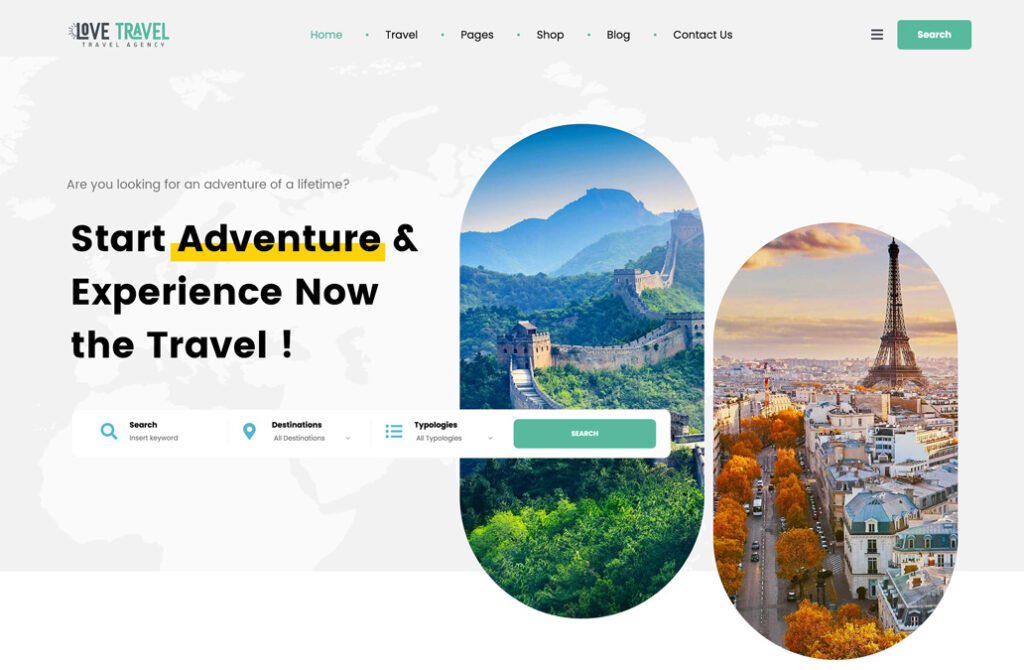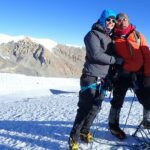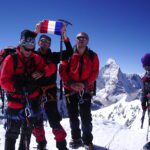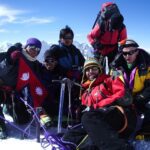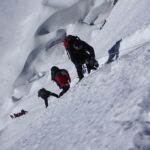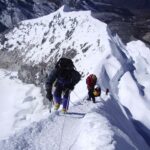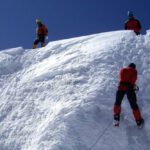So you’ve decided to go on a high-altitude trip across Nepal? That is awesome! But, before you start thinking about standing in the shadow of Everest or watching the sunrise over Annapurna, let’s talk about something important: altitude training. Because up there, when oxygen is as scarce as WiFi, your body requires all of the assistance it can get. Proper preparation can mean the difference between a memorable experience and a painful battle with altitude sickness.
Train Like You Mean It
You don’t have to be a marathon runner to trek in Nepal, but if climbing a flight of stairs makes you gasp, it’s time to prepare. High-altitude excursions, such as Everest Base Camp (5,364m) and the Annapurna Circuit (5,416m), require stamina, so start trekking, running, or doing leg workouts at least two months in advance. Add stair climbing—Nepal’s trails are renowned for their endless stone steps.
Acclimatization: Slow and steady wins the race
Altitude sickness does not discriminate. It can impact anyone, regardless of their fitness level. What is the secret to avoiding it? Acclimatization.
The golden rule is, “Climb high, sleep low.” This involves gradually climbing and allowing your body to adjust to decreased oxygen levels.
Most guided treks, such as Everest Base Camp and Annapurna Base Camp, include acclimatization days. These are necessary. Avoid the desire to go too quickly—ascending more than 500 meters per day raises the risk of Acute Mountain Sickness (AMS).
Symptoms of the AMS:
- Mild: Headache, dizziness, nausea, and fatigue.
- Severe: Confusion, shortness of breath, difficulty walking (may result in HAPE or HACE, which can be fatal).
If symptoms worsen, descend quickly. No mountaintop view is worth your life.
Pack Smart, Not Heavy
Packing for a high-altitude journey requires a fine balance—carry too little and you’ll freeze; pack too much and you’ll despise your heavy bag. Here’s a checklist of must-have items:
- Layered clothing: Temperatures range from -10°C at night to 20°C in the afternoon.
- Break in your trekking boots before the hike to avoid severe blisters.
- Trekking poles can save your knees on steep descents.
- Sunscreen and sunglasses: UV rays are worse at high elevations.
- Water bottles and purification tablets: Proper hydration is essential to prevent AMS.
- Pack energy snacks like as protein bars, almonds, and chocolates to help your body burn calories quickly at high altitudes.
- A headlamp and extra batteries are essential for early morning hikes or unexpected delays.
- Bring a sleeping bag (if not provided) as nighttime temperatures can be chilly. Most trekkers hire porters (who can carry up to 15kg) or yaks (who will not condemn you for overpacking). If you’re carrying your own backpack, keep it under 10 kg.
Eat, Drink, and Avoid That Extra Beer
What is your best weapon against altitude sickness? Water. There’s lots of it. Aim to drink 3-4 liters every day. Dehydration worsens AMS, so even if you don’t feel thirsty, keep drinking.
Food Tips:
- Eat Carbohydrates: High-altitude trekking burns calories quickly, so stock up on rice, pasta, potatoes, and bread.
- Dal Bhat Power 24 Hour: Nepal’s national cuisine (rice, lentils, and veggies) provides a fantastic source of energy.
- Avoid heavy, greasy foods, as they might hinder digestion and make you feel sluggish.
Limit your intake of caffeine and alcohol, as both deplete your body and can cause altitude sickness. Save the celebratory Everest beer for when you return to Kathmandu!
Mental preparation is important
High-altitude trekking presents both a mental and physical hardship. There will be times when you are fatigued, sore, and wonder why you joined up for this. Staying positive and taking one step at a time will help you get through the difficult times. Surround yourself with supporting trekkers, listen to music or podcasts, and remember why you’re on this adventure.
You can learn more about altitude sickness from NIH
Final Thoughts
Trekking at Nepal’s high altitudes is a remarkable experience—but only if you’re prepared. Train appropriately, pace yourself, pack carefully, and remain hydrated. The mountains are not going away, so take your time and enjoy the journey. With proper preparation, you’ll be able to enjoy the spectacular vistas without gasping for air every five steps.
Now, lace up your boots; the Himalayas are waiting!
Read More: 4 Reasons Why Nepal is a Safe Destination for Travelers

